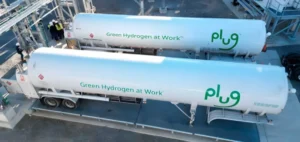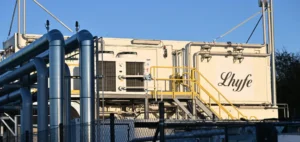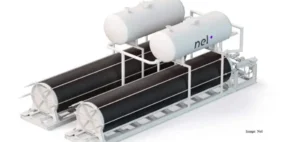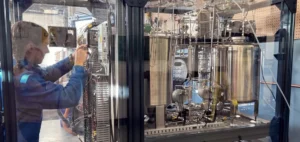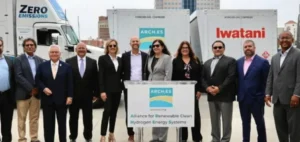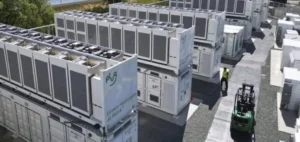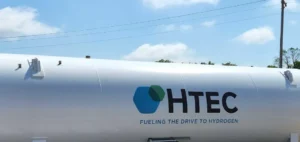Ballard Power Systems reported revenue of $32.5mn in the third quarter of 2025, a 120% year-on-year increase. This growth was driven by hydrogen fuel cell deliveries for heavy-duty transportation markets, notably buses and rail. The company also reduced its net loss to $28.1mn, down from $204.5mn in the third quarter of 2024, backed by operational repositioning.
Cost decline and improved gross margin
Gross margin reached 15%, compared to a negative level last year, reflecting manufacturing savings and a reduction in provisions for onerous contracts. Total operating expenses fell to $34.9mn, a 36% decrease. Excluding restructuring charges, the drop reached 55%, confirming the impact of workforce reductions and operational consolidations initiated in 2024.
Adjusted EBITDA was -$31.2mn, compared to -$60.1mn a year earlier. Management also reported a 40% reduction in cash operating costs. The group cancelled its Texas gigafactory project due to changes in federal funding, stating that its current capacity is sufficient to meet expected demand.
Order backlog evolution and commercial dynamics
Order backlog stood at $132.8mn at the end of the quarter, compared to $146.2mn at the end of the previous quarter. This development reflects $32.5mn in deliveries and $19.1mn in new orders. The 12-month order book declined 15% to $71.6mn, partly due to extended negotiations pushing certain contracts into late 2025 or early 2026.
The company launched its FCmove®‑SC engine, designed to lower operators’ total cost of ownership and reduce internal production costs. Management reported positive feedback from bus manufacturers, highlighting improved power density and simplified technical integration.
Solid liquidity and adjusted investment plan
Ballard lowered its capital expenditure forecast for 2025 to between $8mn and $12mn, down from a previous range of up to $25mn. The company holds $525.7mn in cash and equivalents, with no bank debt, providing financial flexibility to support market developments.
The company indicated that full-year revenue will remain weighted toward the second half, while new after-sales service initiatives could unlock additional revenue streams beyond 2026.




